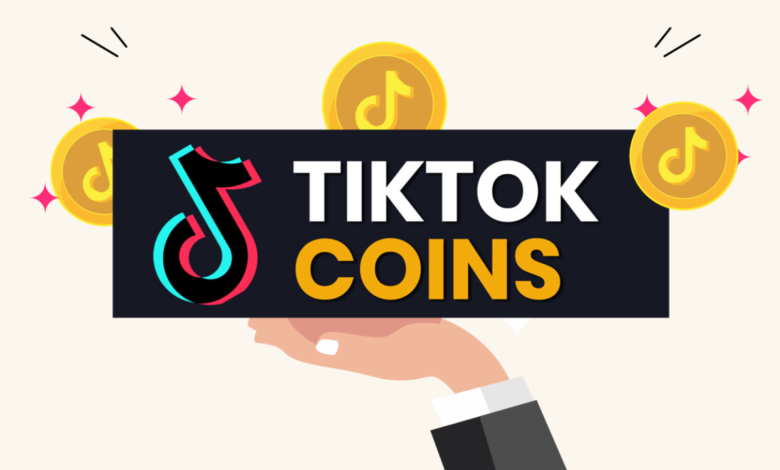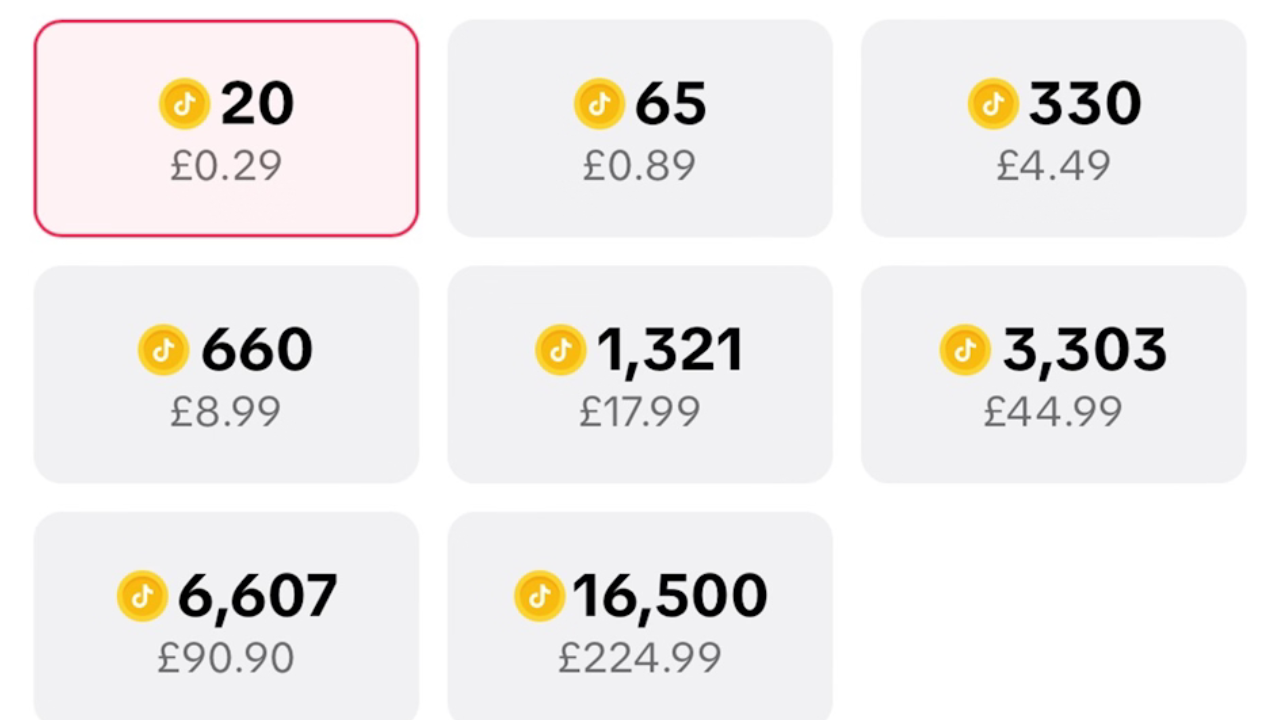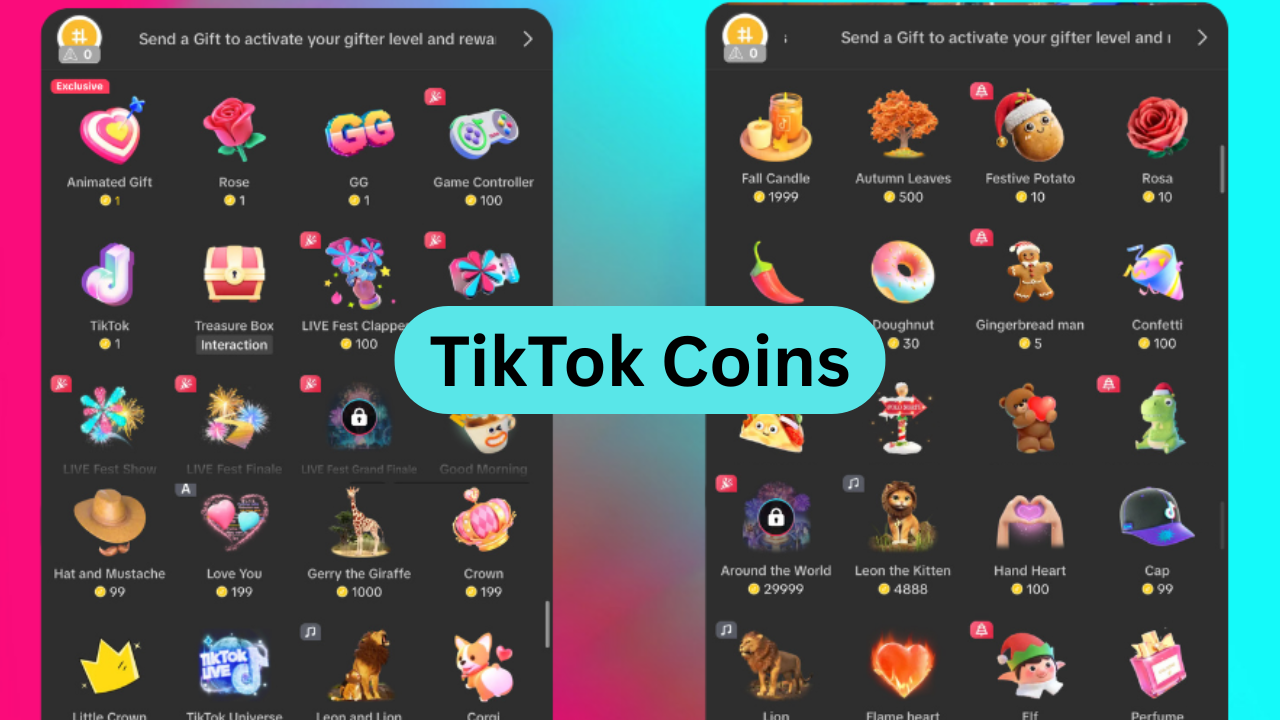Understanding TikTok Coins: A Deep Dive into Digital Value and Online Expression

In the fast-moving world of social media, tiktok coins have become one of the most curious and misunderstood forms of digital exchange. They are not a currency in the traditional sense, yet millions of users purchase and spend them daily. This creates a fascinating intersection of psychology, economics, and digital behavior. Understanding tiktok coins means exploring how people express value in a virtual space — and why virtual gestures can feel as meaningful as real money.
What Are TikTok Coins?
At their simplest, tiktok coins are a form of in-app currency that users buy with real money. Once purchased, these coins allow users to send virtual gifts to creators during live streams or interactions. Each gift carries a certain coin value, and creators can later convert those gifts into a redeemable balance through TikTok’s internal system.
But tiktok coins are more than a transaction tool. They are part of a symbolic economy where attention, recognition, and appreciation are traded in digital form. The coin becomes a bridge between emotional expression and financial exchange.
Why TikTok Coins Exist
TikTok could have simply allowed people to “like” or comment for free. Yet the introduction of tiktok coins changed the emotional weight of engagement. When you buy and send a virtual gift, you are not only showing support — you are also participating in a micro-economy that rewards creativity and consistency.
From the company’s perspective, tiktok coins encourage deeper participation. They turn viewers into patrons, and creators into entrepreneurs. This model strengthens the connection between user satisfaction and platform profit.
Still, the concept raises philosophical questions: when appreciation is tied to spending, does authenticity weaken? Does a creator’s worth depend on their artistic merit — or on how many tiktok coins they receive?
The Psychology Behind TikTok Coins
The human mind responds strongly to symbolic gestures. Giving tiktok coins often produces the same emotional satisfaction as giving a real-world gift. Users experience a sense of contribution and belonging. Meanwhile, creators feel validated, respected, and seen.
This emotional cycle sustains the platform’s social energy. The moment someone buys tiktok coins, they invest not just money but identity — aligning themselves with the creators they admire. The system rewards generosity by displaying usernames, sending animations, and highlighting top supporters. Such design reinforces the psychological feedback loop that keeps tiktok coins circulating.

How TikTok Coins Work in Practice
Users purchase tiktok coins through the app using real-world currencies. The pricing varies by region, and TikTok adjusts values based on exchange rates and economic conditions. After purchasing, users can store their balance within the app and spend coins during live streams by selecting gifts — from simple icons to elaborate animations.
Creators accumulate gifts that can later be converted into “diamonds,” which represent a share of the original tiktok coins value. These diamonds can then be redeemed for money, though TikTok retains a portion as commission.
This layered structure gives tiktok coins both liquidity and limitation. They move freely within the app, but they never become an open currency outside it. Their value depends entirely on TikTok’s internal rules — a digital economy governed by corporate control rather than public markets.
The Social Dynamics of TikTok Coins
Every coin transaction carries social meaning. Sending tiktok coins can boost a creator’s visibility, elevate a viewer’s status, and build a subtle hierarchy of influence. In some communities, the biggest spenders are celebrated, even envied, for their generosity. In others, such gestures are viewed as superficial or performative.
This tension reveals the dual nature of tiktok coins — they are both a gift and a signal. The coin’s value is not only in its monetary worth but in what it communicates about the sender’s relationship with the creator. It says, “I believe in you,” but it can also whisper, “I want to be noticed.”
Economic and Ethical Implications
The tiktok coins system reflects a broader trend in digital economies: the monetization of emotion. Users spend to express admiration, and creators earn by maintaining attention. The system thrives on continuous interaction, which raises ethical questions about fairness and transparency.
For example, TikTok controls exchange rates and redemption policies. The number of tiktok coins a creator receives rarely equals the amount of money a user spends. There is always a margin that flows back to the platform. In economic terms, tiktok coins are a closed-loop currency designed to keep wealth circulating inside the ecosystem rather than exiting it.
Such control allows TikTok to balance reward and profit, but it also highlights an imbalance of power. Users fund the system, creators fuel it, and the platform governs it. This triad works only as long as all parties feel fairly treated.
TikTok Coins as a Cultural Phenomenon
Beyond economics, tiktok coins reveal something deeper about modern digital culture. In a world where attention is the most valuable resource, coins function as tokens of recognition. They quantify appreciation in measurable units.
Just as social media turned friendship into followers, tiktok coins transform admiration into a transaction. Yet, paradoxically, this monetization can intensify connection rather than dilute it. When a viewer sacrifices part of their income to support a creator, that act can feel profoundly genuine — even more sincere than a free “like.”
In this sense, tiktok coins operate at the intersection of sincerity and strategy. They represent both authentic support and economic participation.
The Future of TikTok Coins
Looking ahead, the evolution of tiktok coins could shape how digital economies operate across platforms. Their model could inspire other social apps to create in-app currencies with symbolic and transactional power.
However, the system’s sustainability depends on user trust. If people begin to view tiktok coins as exploitative or unfairly managed, the entire symbolic economy could weaken. On the other hand, if transparency increases — and if creators continue to benefit visibly — tiktok coins may become a long-term fixture of online culture.
A future where digital gifts carry real-world impact blurs the line between art, community, and commerce. The question is not whether tiktok coins will survive, but how their meaning will evolve as people rethink what “value” means in the digital age.

The Intellectual Perspective: What TikTok Coins Teach Us
Beyond their technical details, tiktok coins invite a philosophical reflection on how humans define worth. They show that value does not always require physical form. Sometimes, value emerges through shared emotion, recognition, and community participation.
But they also expose the fragility of such systems. When emotional value is quantified, it risks losing its spontaneity. The act of gifting tiktok coins might start as gratitude, but it can easily drift into performance — a way of purchasing visibility rather than expressing authenticity.
This duality challenges the idea that digital generosity is purely selfless. It suggests that the digital economy is both a mirror and a manipulation of human motivation.
Conclusion: The True Value of TikTok Coins
Ultimately, tiktok coins are more than digital tokens; they are mirrors reflecting how people navigate meaning, attention, and belonging in an online world. Their worth lies not only in the currency but in the connections they enable.
Understanding tiktok coins is therefore an intellectual exercise — one that touches economics, psychology, and ethics. They demonstrate that value in the digital age is no longer about possession but participation. Every coin spent signals a desire to be part of something larger than oneself.
In this way, tiktok coins capture the essence of modern human interaction: emotional, symbolic, and transactional all at once. They remind us that even in a world ruled by algorithms, human expression still finds a way to turn pixels into meaning.
Keep an eye for more news & updates on Evolant Agency!




